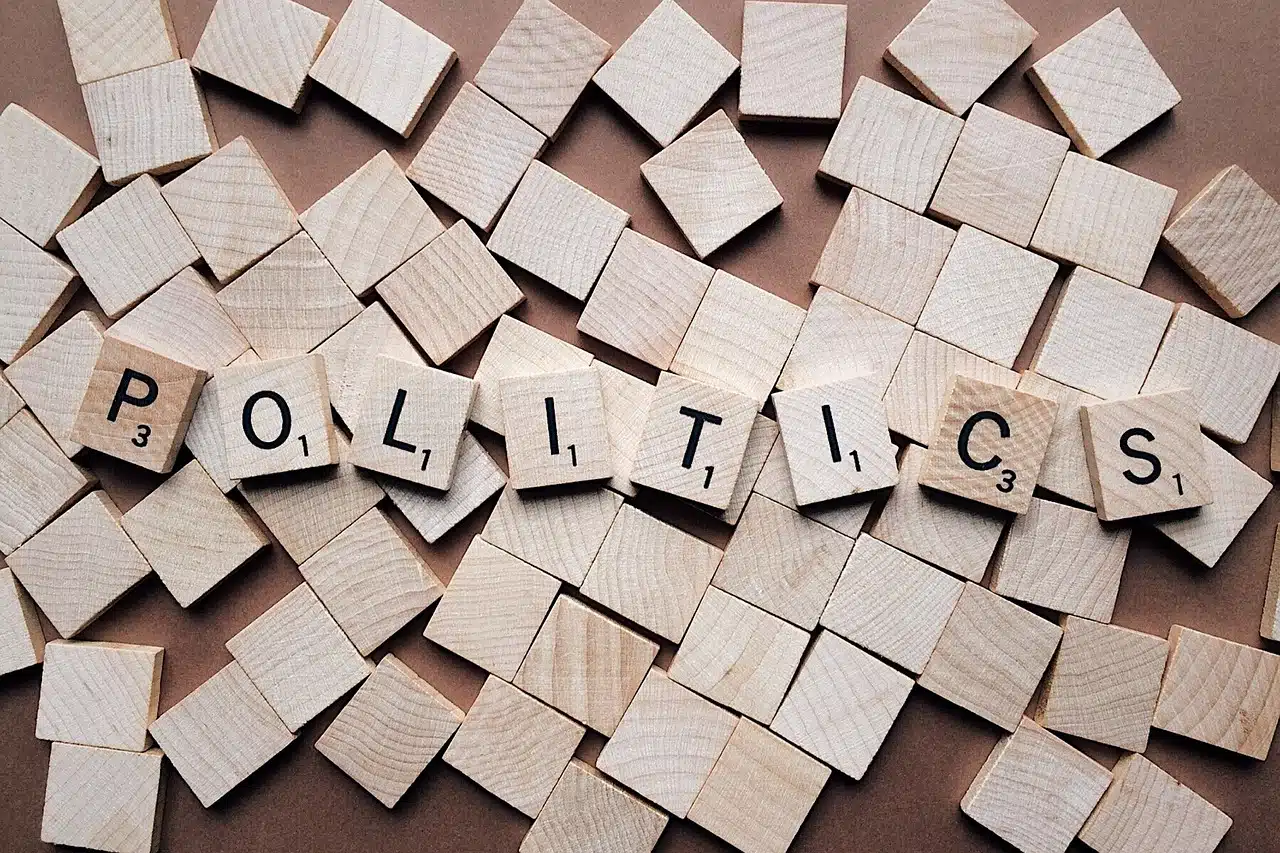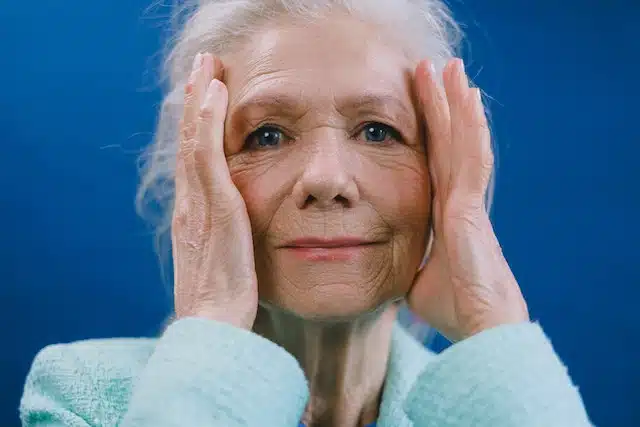How Gerontocracy Affects The World Of Politics

It’s no secret that the world is ageing, and this demographic shift is reshaping the political landscape.
A particular facet of this change is the emergence of a ‘gerontocracy’ – a political system governed predominantly by the elderly.
As leaders age, so do their views and approaches, potentially creating a disconnect with younger generations.
Let’s look at the concept of gerontocracy, its implications for politics, and the challenges it poses to the dynamism and representativeness of democratic systems.
Defining Gerontocracy
Gerontocracy, derived from the Greek words ‘geron’ (old man) and ‘kratos’ (rule), refers to a system where the reins of power are held by the elderly.
This could be a formal or informal arrangement, and it’s not exclusive to any particular type of government.
It’s worth noting that the concept of gerontocracy isn’t new; historical societies such as Ancient Greece and Rome also had political structures that favoured older leaders.
Types of Gerontocracy
According to Raul Magni-Berton, a political scientist, gerontocracies can be classified into three types.
- Gerontocracy by Law: This is a system where the law mandates a certain age for leadership positions. Though more common in ancient societies, it’s not entirely extinct today. For example, in Italy, the president must be at least 50 years old.
- Gerontocracy by Convention: In this case, the oldest leader is selected for strategic reasons, even without a legal requirement. This practice is often seen in entities like Vatican City or military juntas.
- Gerontocracy by Convergence: This form arises from a combination of factors, such as the preference for experienced candidates and the longer time older individuals have to accumulate power. It’s prevalent in democracies, where the average parliamentarian is often older than the average voter.
Is the United States a Gerontocracy?
In the context of the United States, it’s clear that the nation isn’t a gerontocracy by law or convention, as there are no age restrictions for leadership beyond the minimum ages set for the presidency (35), Senate (30), and House of Representatives (25).
However, the United States does exhibit features of a gerontocracy by convergence.
President Joe Biden, who celebrated his 80th birthday in November 2021, is the oldest person to occupy the Oval Office.
Moreover, the 118th Congress commenced with an average age of 57.9 for the House members and 64 for senators, indicating a skew towards older leadership.
While there are notable exceptions like the Gen Z Rep. Maxwell Frost (D-FL) and younger senators like J.D. Vance (R-OH) and Jon Ossoff (D-GA), the majority of the political leadership is composed of the older generations.
The Implications of Gerontocracy
While age can bring wisdom and experience to the table, an overrepresentation of older individuals in leadership can also pose challenges.
Cognitive Decline and Physical Health
There’s no denying that age can affect cognitive and physical health.
High-profile incidents involving aged leaders, such as Senator Dianne Feinstein’s confusion during a Senate Appropriations hearing or Senator Mitch McConnell’s freeze during a press conference, raise concerns about the ability of older politicians to efficiently execute their duties.
Misalignment with Younger Generations
Generational gaps can lead to a disconnect between the priorities of older politicians and the needs of younger constituents. Issues like climate change, which will significantly impact younger generations, may be sidelined in favour of issues that appeal more to the older demographic.
Impact on Political Landscape
An ageing leadership can also inhibit the growth of the future political class. The two-party system in the U.S hinders the formation of youth parties, which are crucial training grounds for young politicians in other western democracies.
Consequently, young political actors in the U.S are often forced to navigate within the established gerontocracy.
Empowering Young People in Politics
Addressing the gerontocracy issue requires proactive steps to empower young people in politics.
While some countries have implemented youth quotas, such measures are unlikely to gain traction in the U.S. Instead, organisations like Justice Democrats and Run for Something are working to recruit and train more young people of colour to run for elected office.
The Millennial Action Project also supports young candidates from both parties who win their elections.
Over time, the hope is that these initiatives will help to balance the age distribution in political leadership and ensure a more representative government.
The rise of gerontocracy in the U.S raises important questions about the nature of political representation and the future of American democracy.
While it’s essential to respect the wisdom and experience that older politicians bring to the table, it’s equally crucial to foster a political climate that is inclusive and representative of all age groups.
As the U.S continues to grapple with the challenges of an ageing political class, the nation must find ways to empower its younger generations and ensure their voices are heard in the corridors of power.





